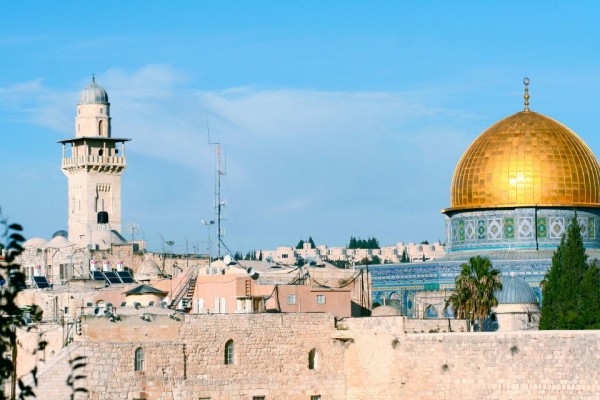Important Points In Middle East Foreign Policy Often Overlooked


The recent news coverage of turmoil in the Middle East has produced the normal montage of outrage and counter outrage. This is somewhat understandable. It is hard to justify the killing of an ambassador or the senseless provocation of an entire region without falling into a cycle of cynicism and weariness. Here are some overlooked points in Middle East foreign policy that are important to keep in mind when assessing the region.
1. Demographics and Diversity
The Middle East is not necessarily the sum of its component parts. The Middle East or, more appropriately, The Middle East and North Africa, is a complex labyrinth of tribal and family networks, sectarian divisions, cultural lattices, historical impressions and religious reticulations, which are puréed into impetuous national agendas. When assessing foreign policy in the Middle East it is easy to group all demographics into the same category. The region is often simplified for our understanding as merely Muslim or Arab, and this is exactly where most U.S. foreign policy becomes divergent. More often than not, these phenomena cannot be easily reconciled. Most conflict in the Middle East originates from this internal friction, not from a complete aversion to America or the West. The Arab Spring is a perfect manifestation of this inner strife.
2. Winning Influence
Influence in the Middle East is not won solely through military and financial support, although it helps. This is difficult for most U.S. policy makers to accept. Most influence in the Middle East is advanced through cultural and religious institutions, which defines the largest portion of civil society in the region. This is why countries like Saudi Arabia and Iran have had tremendous success in influencing regional affairs. Both countries are cultural and religious fountainheads that peddle influence through various Muslim denominations. U.S. policy makers should seek to advance foreign policy objectives through this cultural nexus and appeal directly to civil society, as opposed to governments and consortia that are perceived to be corrupt by their populations.
3. Managing Perception
Perception drives everything in the Middle East. For example, the furor over the film, "Innocence of Muslims," was used by ambitious politicians and religious leaders, along with other perceived grievances, as a wedge issue. It is also important to realize that the film was not the root cause of this anger, and agitation was a symptom of wider societal issues, such as governance failures. This is classic political theatre in the Middle East and will remain part of foreign policy realities, which are not likely to change.
Alternatively, U.S. policy makers need to manage their own perceptions. The protesting at the American Embassy in Cairo, which consisted of around 2,000 people out of an urban population of 9 million, is not exactly representative of the overall atmospherics in Egypt. U.S. policy makers should avoid knee-jerk reactions and gauge the situation within the broad strategic context of their foreign policy.
4. Interventionist Policies
Threats of military force to secure U.S. foreign policy objectives have become anachronistic in the Middle East. This is not to say that the U.S. does not have a legitimate right to defend itself, or even take preemptive action to do so. It only underscores a certain reality about interventionist policies. One of the most bitter acknowledgments by U.S. policy makers has been that a low tech enemy could, at the very least, battle U.S. military power to a stalemate.
Terrorist networks want the United States to intervene with military solutions. It not only galvanizes their support base, but consistently weakens policy positions that are needed to combat terrorism in the long-term. This has happened in both Iraq and Afghanistan. Military intervention should only be taken after a careful calculation of the outcomes and how it will impact U.S. interests and regional stability.
5. The Need for Foreign Assistance
There have been many calls for policy makers to dial back foreign assistance to countries in the Middle East following recent events. While it is an understandable reaction, it is one that lacks foresight and depth, especially as the U.S. seeks to increase its strategic security portfolio and regain and maintain regional influence. Funding assistance programs that bolster education, employment, and good governance should be one of the primary foreign policy objectives in countering the effects of Islamic radicalism.
This is especially important in countries that have transitioned through the Arab Spring, such as Egypt and Libya, and countries that are currently in conflict, such as Syria. Two out of every three Arabs is under 30 and with youth unemployment between the Middle East and North Africa at a combined 54%, leaving the forces of radicalism with no shortage of recruitment opportunities.
A Long Game
There is no easy mechanism to ensure successful foreign policy in the Middle East. It is a long game. At times, the variables seem endless and unusually complex. When assessing foreign policy positions it is easy to revert to simple solutions and unilateral policies, yet experience has proven they do not produce the benefits for the cost paid, especially in the Middle East. It is challenging to understand the aggregate experience of diverse cultures, but as the Middle East evolves, so must the foreign policy objectives of the U.S.




